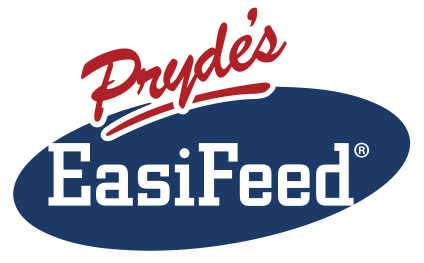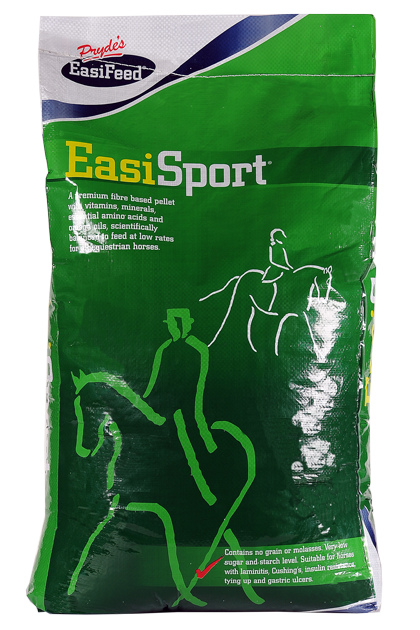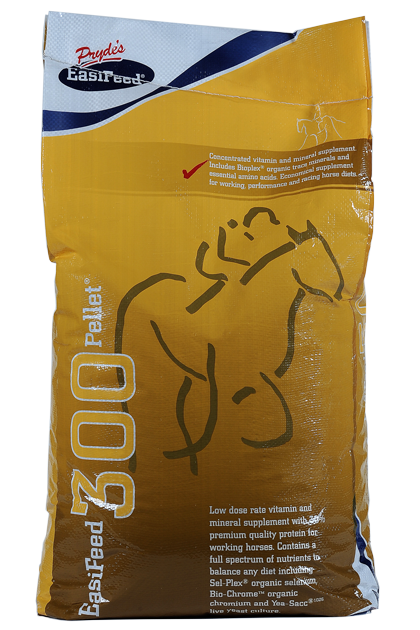What is Laminitis?
Laminitis is the second biggest killer of horses in the word following colic. It can be caused by many things but the two most common causes are insulin resistance (equine metabolic syndrome) and hindgut acidosis. Insulin resistance laminitis will be the most common one you will deal with.
Feeding management for horses with laminitis generally require a low sugar, low starch diet. The sugar and starch in a horse's diet is called the non-structural carbohydrates, or NSC.
ALL feeds and forages in the diet of a horse with laminitis should contain less than 12% NSC
Pryde's EasiFeed Products That Can Help
When to use this feed
Use EasiSport when feeding a working horse prone to laminitis, or when a laminitic or Cushing's horse needs to gain some weight.
Feed it With
Feed EasiSport at its recommended feeding rates with low non-structural cabohydrate chaff, hay and/or pasture. If additional weight gain is required, use EasiFibre.
When to use this feed
Use EasiFibre to add extra energy to a diet in place of other high energy feeds like grains, pellets or sweetfeeds.
Feed it With
EasiFibre is not a fortified feed, so it needs to be fed with a complete feed like EasiSport or with a concentrated vitamin and mineral supplement like the EasiFeed 300 Pellet.
When to use this feed
Use EasiFeed 300 Pellets when feeding overweight horses that only need vitamins and minerals added to their diet.
Feed it With
Feed the EasiFeed 300 Pellets at their recommended feeding rates with low non-structural cabohydrate chaff, hay and/or pasture. If additional weight gain is required, use EasiFibre.
Other Tips
Avoid high sugar forages like ryegrass pasture or hay, oaten hay or chaff and wheaten hay or chaff. Average quality lucerne hay, Rhodes grass hay or mature non-rye grass hays are best.
Never give feeds with grain, grain byproducts or molasses to horses with laminitis, insulin resistance or Cushing's Disease.




